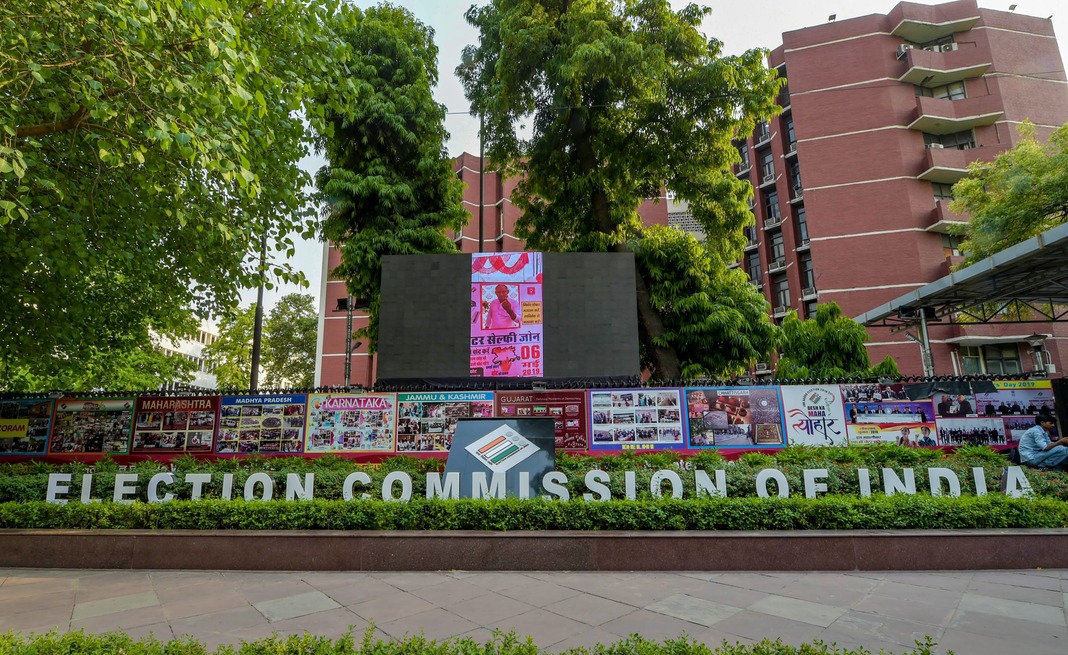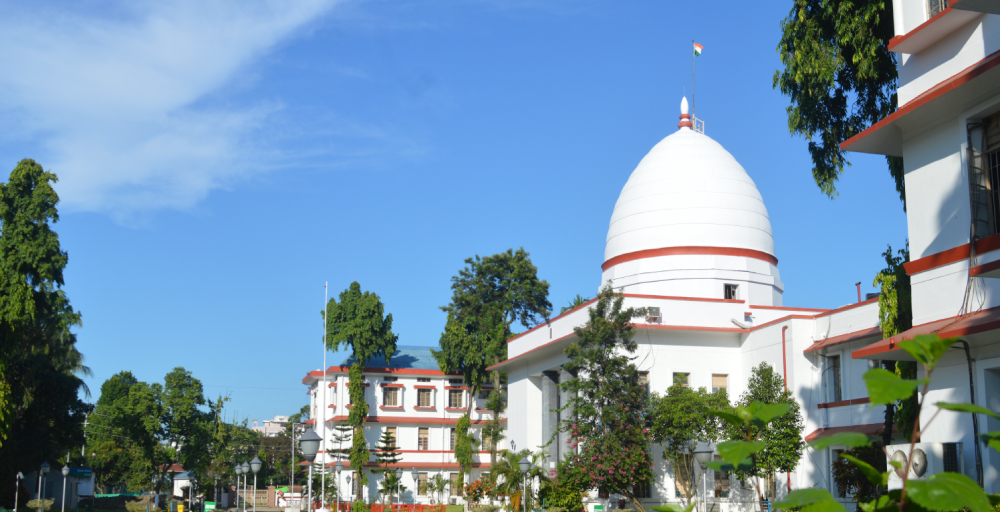ROOPAK GOSWAMI
Shillong, Jan 12: Nestled in the serene hills of Meghalaya, a silent storm brews among the younger generation. While the state boasts breathtaking landscapes and rich traditions, the world of its adolescents is increasingly shaped by glowing screens and digital distractions. A recent study, conducted in the East Khasi Hills, sheds light on an alarming trend: the growing impact of internet addiction on the sleep quality of school-going teenagers.
Sleep is critical during adolescence—a time when the brain is still developing and the body undergoes rapid physical changes. Poor sleep quality can hinder memory, concentration, and overall cognitive function, leading to lower academic performance and strained social relationships. The study highlights how internet addiction exacerbates these issues, showing a strong correlation between higher levels of internet use and disrupted sleep.
The use of the Internet has grown significantly in recent years, and most of the studies indicate that the majority of the users are adolescents and young adults. The rapid development of internet use has brought about several changes in our lives.
The study, led by Ibanlumlin Diengdoh and C. Devendiran from the Department of Social Work, Mizoram University, and published in The International Journal of Indian Psychology involved 312 students from classes 8, 9, and 10 across four schools in East Khasi Hills district of Meghalaya. Using tools like the Pittsburgh Sleep Quality Index (PSQI) and the Chen Internet Addiction Scale (CIAS), the researchers identified a startling trend: 36.9% of students had poor sleep quality, and 20.2% were classified as internet addicts. These findings expose a growing concern among Meghalaya’s adolescents, where technology is reshaping not only their days but also their nights. Pittsburgh Sleep Quality Index is a widely used self-report questionnaire that assesses overall sleep quality and sleep components along seven domains.
The participants, aged 14.8 years on average, came from diverse backgrounds, with 94.3% identifying as tribal and 87.8% as Christians. While 63.1% reported good sleep quality, a significant minority struggled with disrupted sleep. The internet, a tool primarily used for watching videos (62.5%), academics (45.2%), sports (39.4%), and news (29.8%), played a central role in this disruption.

Over 60% of students admitted to spending more than three hours online daily, with 52.5% acknowledging that their internet use directly caused them to lose sleep. Moreover, the average monthly expenditure on internet recharge exceeded ₹300 for 40.1% of participants, underscoring the centrality of online activities in their lives.
The study uncovered significant correlations between internet addiction and various components of sleep quality. Internet addiction was associated with Sleep disturbances, Sleep latency, Daytime dysfunction and overall poor sleep quality which is a global measure reflecting disrupted sleep across all domains.
Regression analysis showed internet addiction contributes significantly to the prediction of sleep quality among school-going adolescents.
The present research suggested that poor sleep quality is associated with internet addiction among adolescents, and internet addiction is a predictor of poor sleep quality among adolescents.
Further, the study findings warrant the need to address the issue of sleep quality and internet addiction, among adolescents. Appropriate preventive strategies like educating students about healthy sleep patterns, proper use of the internet, stress management techniques, coping strategies, importance of offline worlds need to be taught in order to protect the physiological and mental health of adolescents.
This shift isn’t unique to Meghalaya but resonates globally. The internet offers unprecedented opportunities for learning, connection, and entertainment, but its overuse can blur the line between beneficial engagement and harmful dependence. “The rapid growth of digital consumption has brought with it significant challenges, particularly for adolescents who are more vulnerable to its effects,” the study notes.




